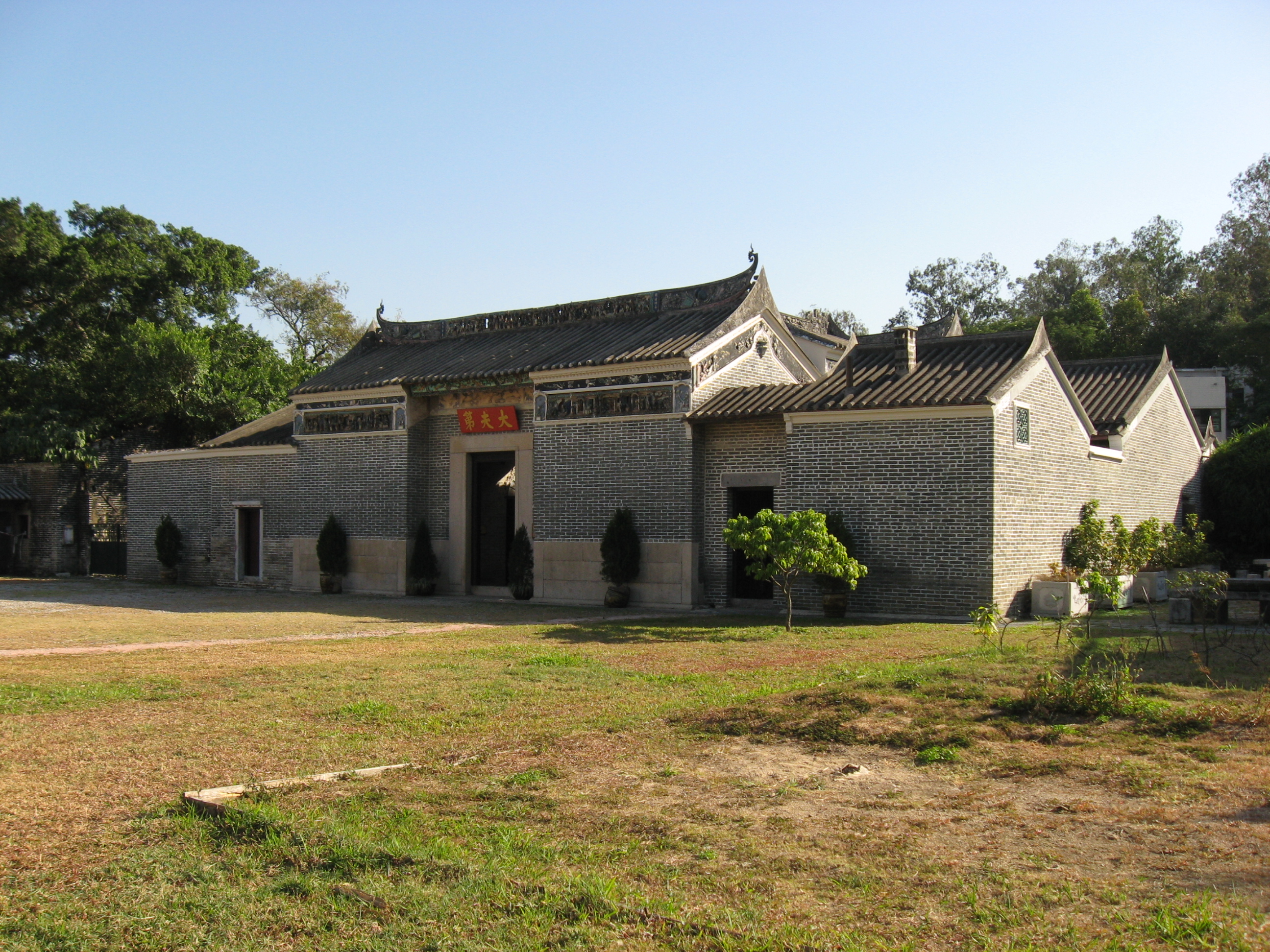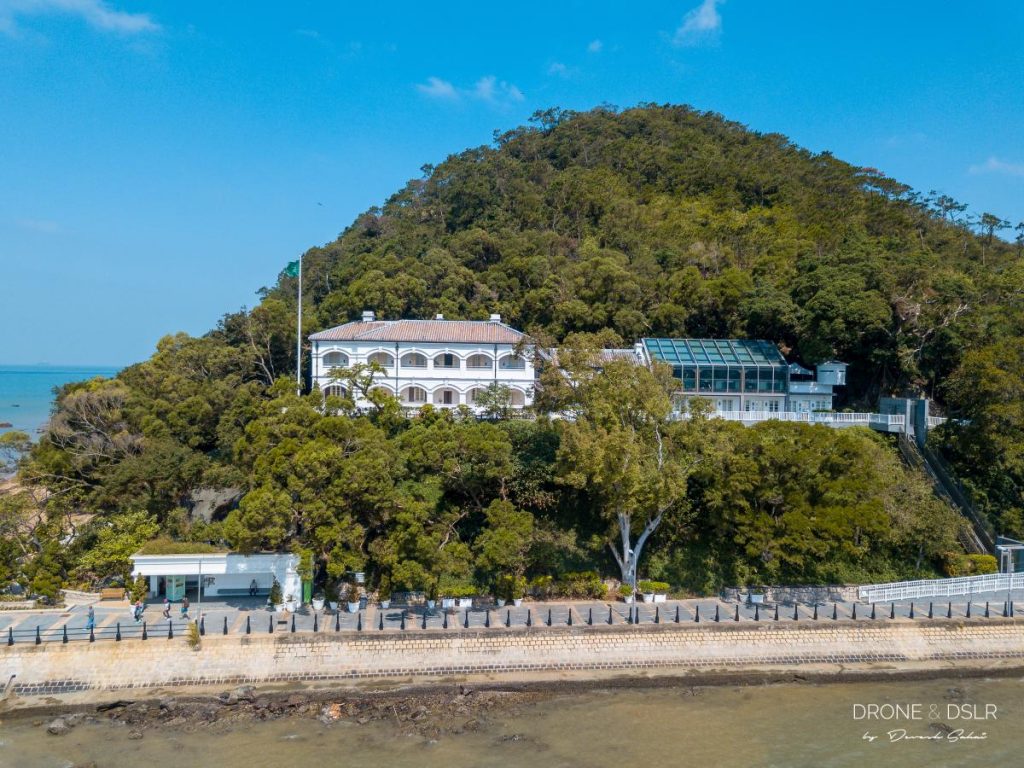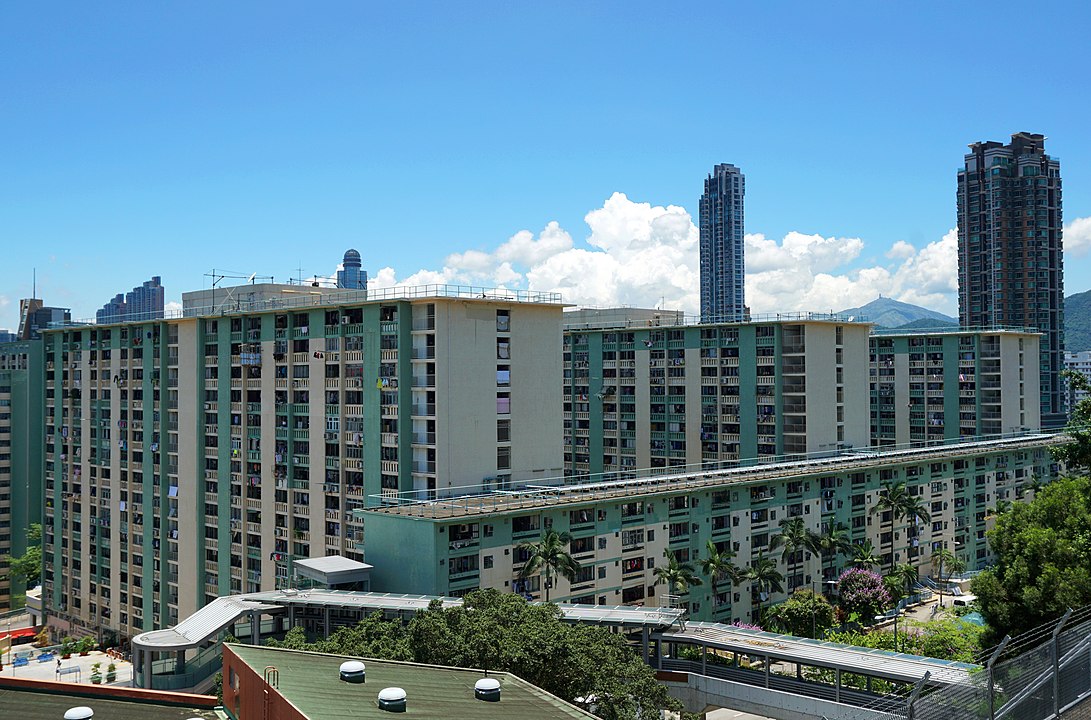The History And Evolution Of Architecture In Hong Kong
Hong Kong is a city that blends both Eastern and Western cultures. Its architecture reflects this fusion of cultures, resulting in a unique and vibrant urban landscape. From traditional Chinese temples to modern skyscrapers, architecture in Hong Konghas much to offer.
Historical Architecture In Hong Kong
Hong Kong has a rich history that dates back to the Qin dynasty. Throughout its history, Hong Kong has been influenced by various cultures, including the British and Chinese. The city's historical architecture reflects this cultural blend.
One of the most iconic examples of historical architecture in Hong Kong is the Man Mo Temple. This Taoist templewas built in 1847 and is dedicated to the gods of literature and martial arts.
The temple's architecture is a fusion of Chinese and Western styles, with a traditional Chinese entrance gate and Western-style windows.
Another example of historical architecture in Hong Kong is the Tai Fu Tai Mansion. Built in the 1860s, the mansion is a beautiful example of traditional Chinese architecture.
The mansion's design incorporates many elements of feng shui, a traditional Chinese belief system that emphasizes harmony and balance.
Influence Of British Colonialism
One of the most significant influences on Hong Kong's architecture is British colonialism. The British ruled Hong Kong for over 150 years, and their influence can be seen in many of the city's buildings.
One of the most iconic examples of British colonial architecture in Hong Kong is the Legislative Council Building. Built in 1912, the building's design incorporates classical elements such as columns and pediments, as well as Chinese-inspired details such as a green-tiled roof.
Another example of British colonial architecture in Hong Kong is the Peak Tram Station. Built in 1926, the station's design is a fusion of Western and Chinese styles. The station's roof is designed to resemble a Chinese pavilion, while the building's overall shape is reminiscent of a European castle.
Modern Architecture In Hong Kong
In recent years, Hong Kong has become known for its modern architecture. The city boasts some of the most innovative and unique skyscrapers in the world.
One of the most famous examples of modern architecture in Hong Kong is the Bank of China Tower. Designed by architect I.M. Pei, the building's sleek and angular design stands out against the city's skyline. The tower's design is meant to represent the bank's stability and strength.
Another notable example of modern architecture in Hong Kong is the International Commerce Centre (ICC).
The ICC is the tallest building in Hong Kong, standing at 118 floors. The building's design incorporates sustainable features such as a rainwater harvesting system and energy-efficient lighting.
Challenges In Hong Kong's Architecture
Hong Kong's unique geography and limited land availability have presented challenges for architects and urban planners. With limited space available for construction, architects must think creatively to design buildings that are both functional and aesthetically pleasing.
One challenge facing Hong Kong's architecture is the city's high population density. As the population continues to grow, architects and urban planners must find ways to maximize the use of limited space.
This has led to the development of high-rise buildings and innovative designs that incorporate green spaces and public areas.
Another challenge facing Hong Kong's architecture is the city's susceptibility to natural disasters such as typhoons and earthquakes. Architects must design buildings that are able to withstand these disasters while still providing a safe and comfortable environment for occupants.
Sustainable Architecture In Hong Kong
As concerns about climate change and environmental sustainability have grown, architects and urban planners in Hong Kong have been focusing on sustainable design. The city has implemented a number of measures aimed at reducing its carbon footprint and promoting sustainable development.
One example of sustainable architecture in Hong Kong is the Zero Carbon Building. Completed in 2012, the building is designed to be entirely carbon-neutral, with features such as solar panels, rainwater harvesting, and a green roof.
Another example of sustainable architecture in Hong Kong is the Kowloon Bay International Trade and Exhibition Centre. The building's design incorporates sustainable features such as natural ventilation, energy-efficient lighting, and a rainwater harvesting system. You can visit CAM (commercial architecture magazine) website for more onsustainable architecture in Hong Kong.
Preservation Of Heritage Architecture
Preserving heritage architecture has become an important issue in Hong Kong, as many historic buildings have been demolished in recent years to make way for new development.
In response, the government has implemented measures to protect and preserve these buildings, such as listing them as declared monuments and providing financial incentives for their restoration. Examples of successfully preserved heritage architecture in Hong Kong include the Tai O Heritage Hotel and the Old Tai Po Police Station.
Public Housing Architecture
Due to its high population density and limited land availability, public housing is a significant issue in Hong Kong. The city's public housing architecture is designed to maximize living space while still providing safe and comfortable housing for its residents.
Some notable examples of public housing architecture in Hong Kong include the Choi Hung Estate, which features colorful building facades, and the Oi Man Estate, which incorporates green spaces and public areas.
Art And Architecture
Art and architecture are closely intertwined in Hong Kong, with many buildings featuring artwork and installations. One notable example is the Jockey Club Innovation Tower, which features a striking aluminum facade and a large-scale sculpture by Zaha Hadid.
Another example is the HSBC Main Building, which features a number of artworks by local and international artists, including a mural by Richard Wilson and a sculpture by Henry Moore. These collaborations between artists and architects demonstrate the importance of creativity and innovation in Hong Kong's architecture.
People Also Ask
What Is The Architecture Style In Hong Kong?
Hong Kong's architecture puts a lot of emphasis on modern styles, such as modernism, postmodernism, functionalism, etc. Hong Kong's cities have few historical buildings left because there isn't enough space.
How Many Architects Are There In Hong Kong?
The Hong Kong Institute of Architects requires everyone who works in the field to sign up (HKIA). The HKIA has more than 4,000 members right now.
What Are The Houses Like In Hong Kong?
Hong Kong has a wide range of places to live, from small rooms to high-end apartments with luxury amenities and doormen. Even though there are many different kinds of housing, most people end up living in one of the many apartment buildings.
Conclusion
Architecture in Hong Kong is a unique blend of East and West, reflecting the city's rich cultural history. From historical temples to modern skyscrapers, Hong Kong's architecture is a testament to the city's ability to adapt and innovate in the face of challenges.
As the city continues to grow and evolve, its architecture will undoubtedly continue to reflect its unique blend of cultures and influences.


